
I moved to the United States from Mexico when I was 7 years old, and quickly tried to learn what it meant to be an American. There were the obvious things: Lunchables, Nickelodeon cartoons, trips to Toys 'R' Us; and then there were things so new they fascinated me. I’d never known children with food allergies or asthma, and I just knew I’d be a “regular American kid” when I had an inhaler and could refuse a carton of milk on the grounds of lactose intolerance.
I never did get my wish, and soon discovered that there is no such thing as a "regular" American, but as I got older, I met other immigrants like me, and noticed a pattern. We swapped stories about details: being mesmerized by the scan button on car radios, seeing small differences between the way teachers in our old and new countries held chalk, teaching ourselves to like candy that repulsed us in order to fit in.
When Anja and I met, we bonded over our common experience of migrating as children (she moved to Ghana from Germany when she was 11) and decided to collaborate on this project. We collected stories from other people who had moved from one country to another when they were younger than 18, and Anja has illustrated 17 of those stories.
Of course, people — even as children — migrate under different conditions. Some of us leave home knowing we’ll be back to visit in a few months. Others wonder if they’ll ever see their parents again. We’ve included stories from immigrants who think of themselves as “ex-pats,” “refugees,” and categories in between.
Though our specific experiences differ in many ways, they are bound by the common thread of moving when you are not yet responsible for your own life. These are stories about what you are free to consider when your primary preoccupations are not money, employment, visas, or the lack thereof. These are stories about moving to a new place, but, more accurately, they are stories of being taken there. These are stories about the little things we noticed. —Kristina Marie Fullerton Rico
Amber Brandenburg moved from the Netherlands to Libya at 8, and noticed the insects.
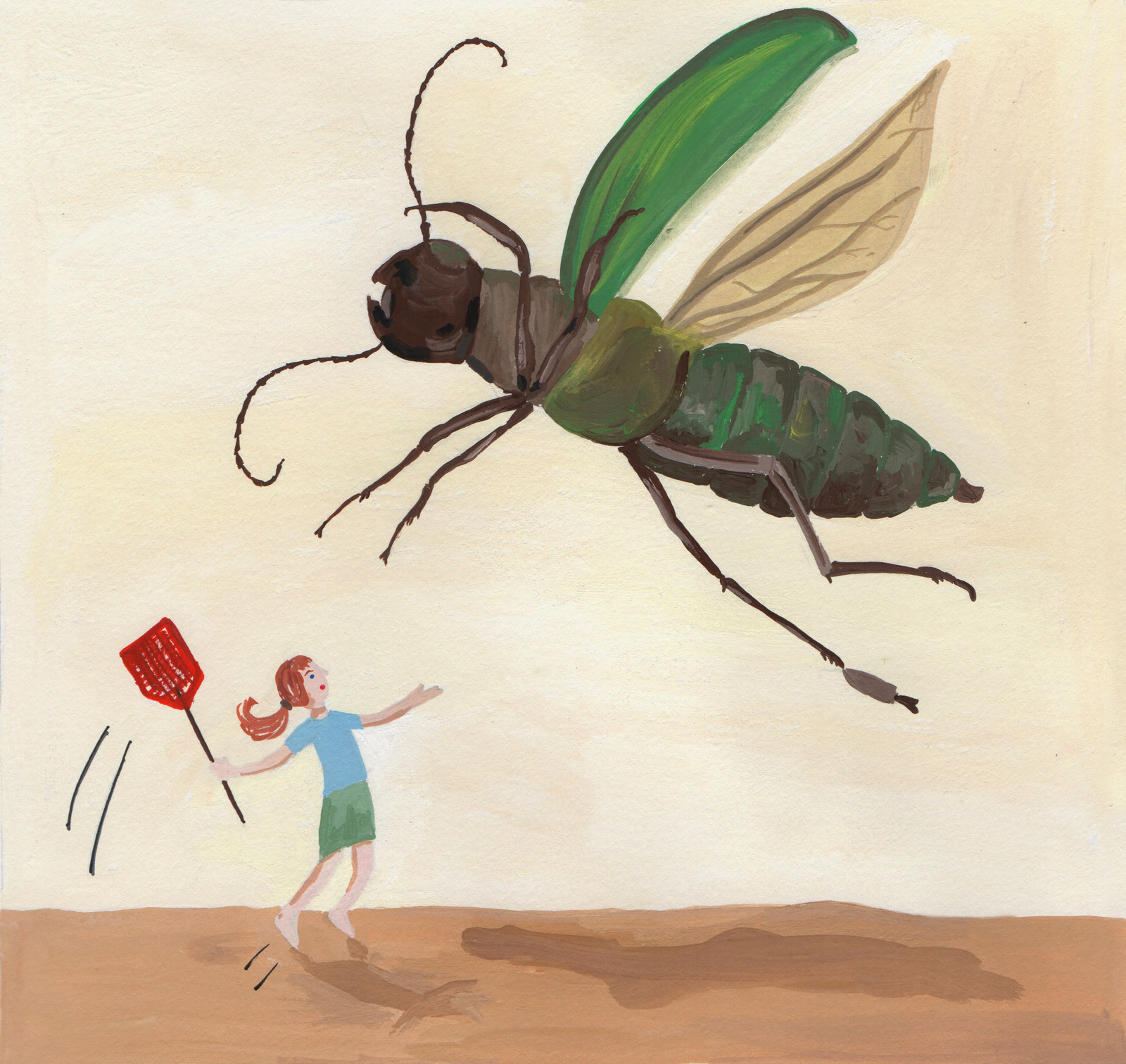
"Libyan bugs were like Dutch bugs but on steroids! And there were soooo many. We used to collect them in empty milk cartons or hit them out of the sky with our rackets on the tennis court — terrible I know!"
Jasmine Bager moved from Saudi Arabia to the United States at 17, and noticed the cereal boxes.
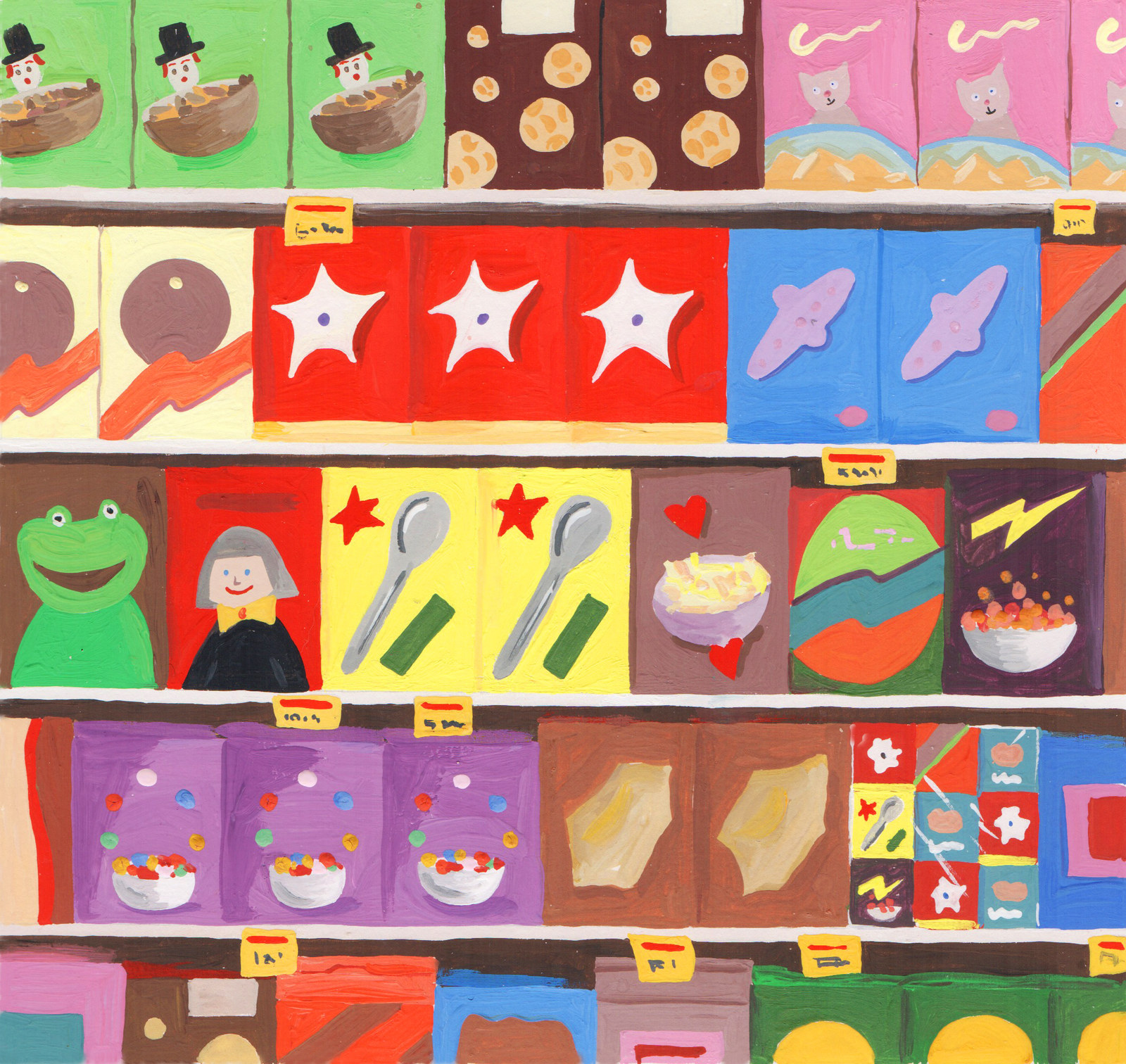
"The grocery stores were like Disney! American stores have so many colorful options and dizzying aisles stuffed with identical-looking products with different labels. Who knew that so many cereals existed?!"
Sarah moved from the United States to Mexico at 11, and noticed what was for lunch.
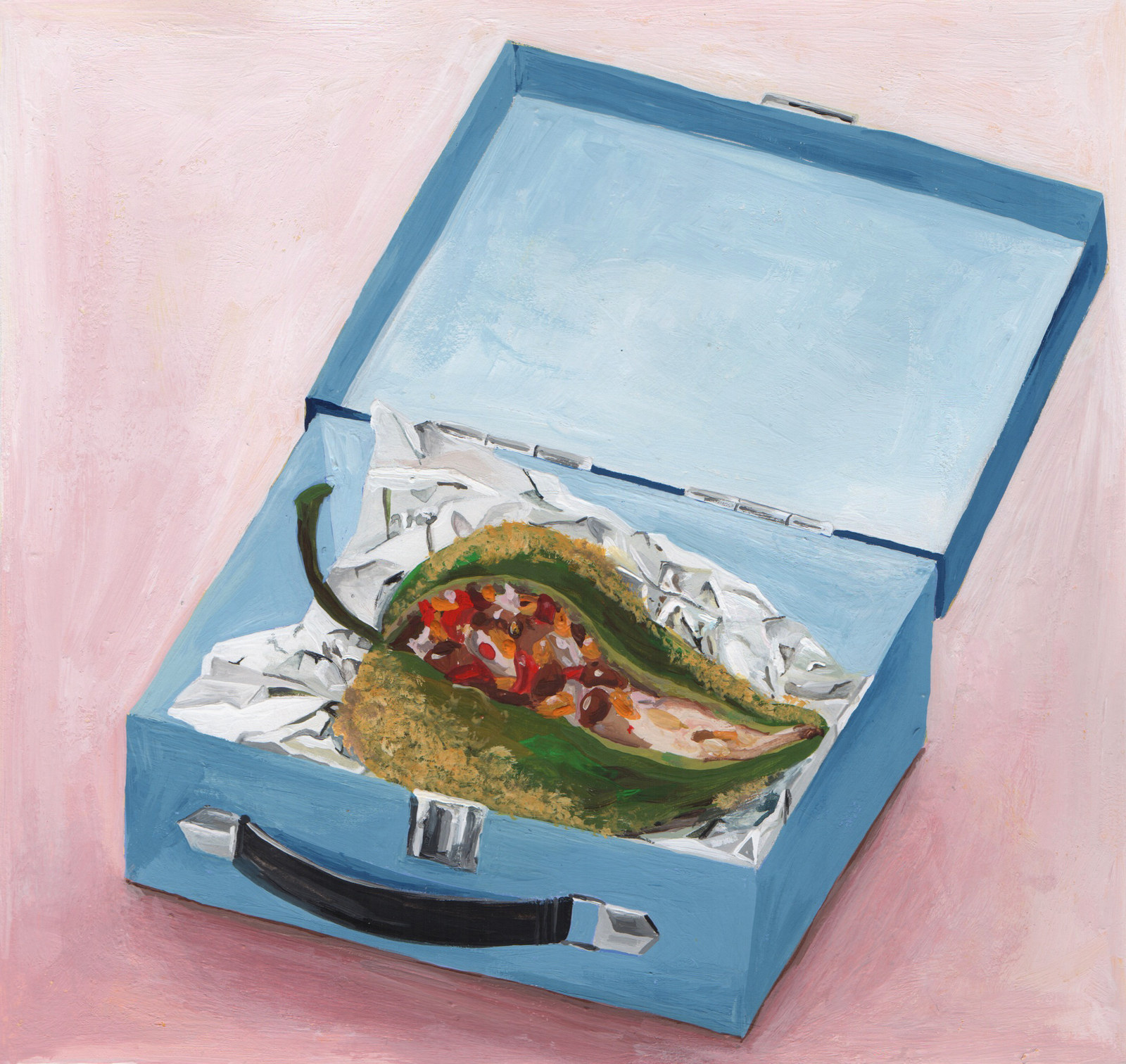
"When we first moved to Mexico, we lived in a hotel for a few weeks. We ate dinner every night in the hotel restaurant, and the hotel made us packed lunches to take to school. On the first day of school, I opened my lunch and found a foil-wrapped chile relleno. I had never seen one before. Not exactly a peanut butter sandwich."
Josie Torres Drewett moved from Mexico to the United States at 8, and also noticed what was for lunch.
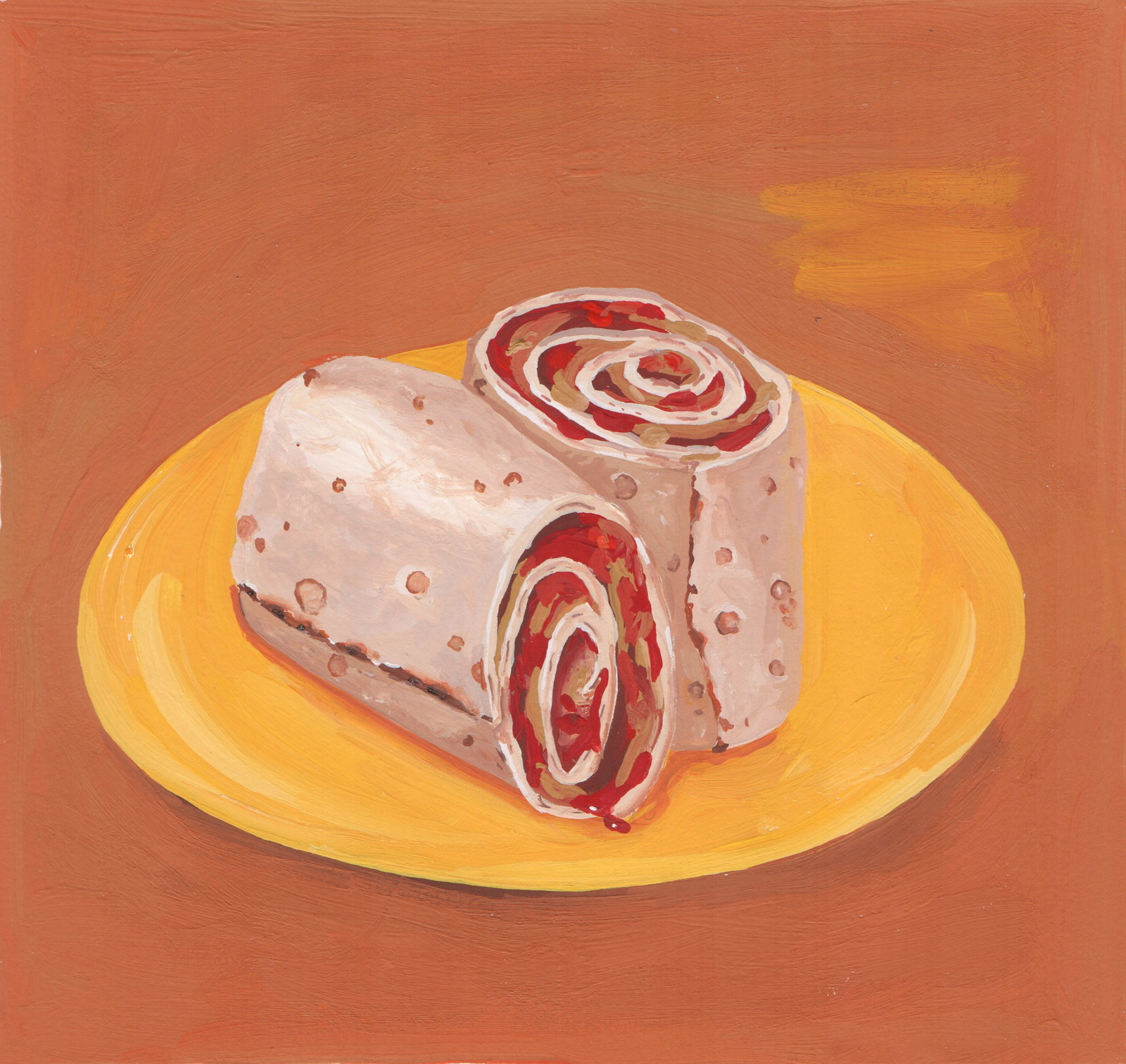
"It was interesting to learn about the different kinds of food people eat on the U.S.–Mexico border and see the merging of American and Mexican food. I remember vividly the first time I saw a friend making a peanut butter and jelly 'burrito' (peanut butter and jelly spread on a flour tortilla). I thought it was the grossest thing ever!"
Anja Riebensahm moved from Germany to Ghana at 11, and noticed the coffins.
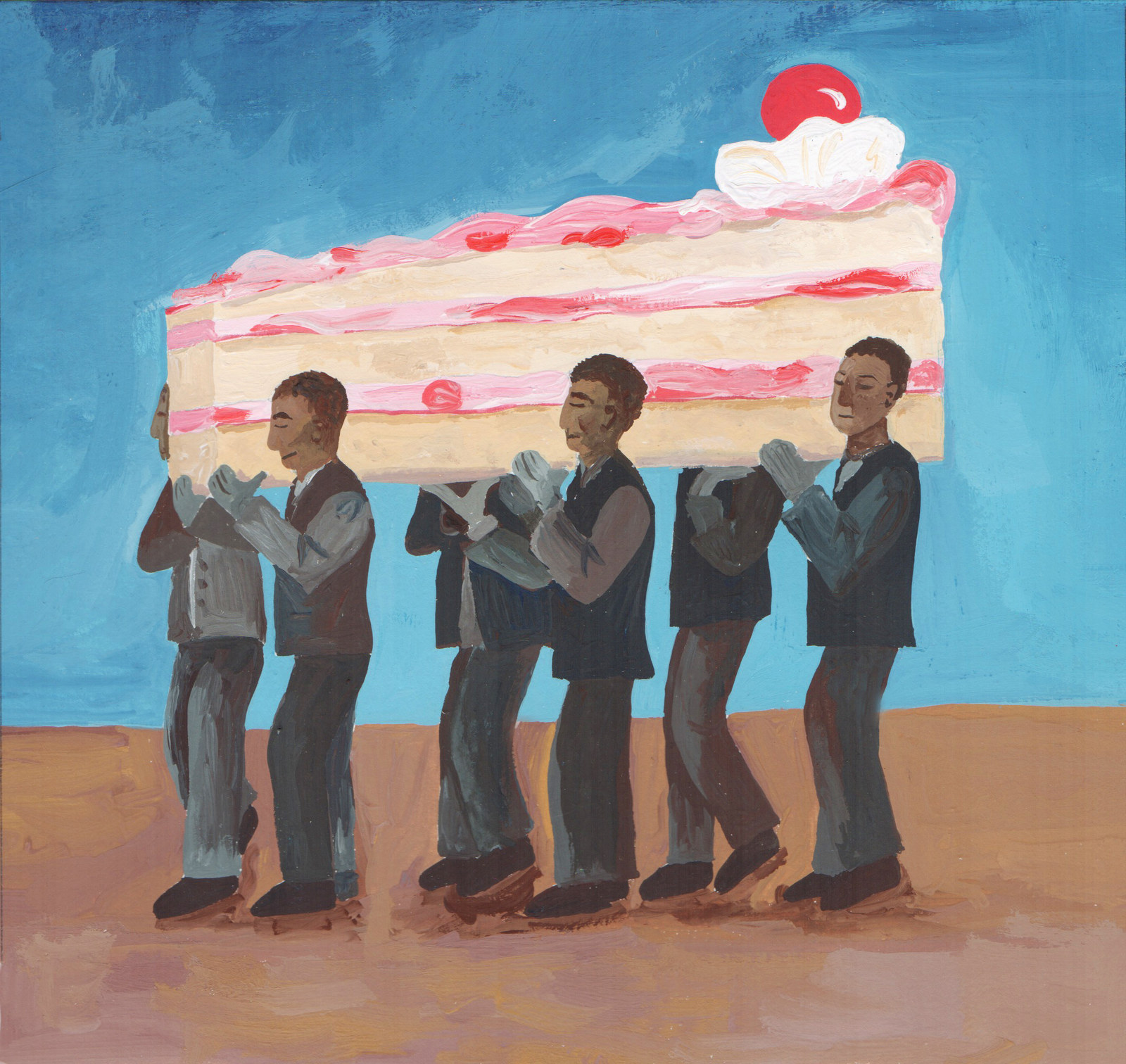
"There is a tradition in Ghana to carve coffins into shapes that represent a person's life. They were often sold by the roadside, and they were very colorful. When we drove by, I would think about the kind of object I would want to be buried in. I settled on cake pretty quickly."
Christopher Dawson moved from Peru to the United States at 10, and noticed the school buses.
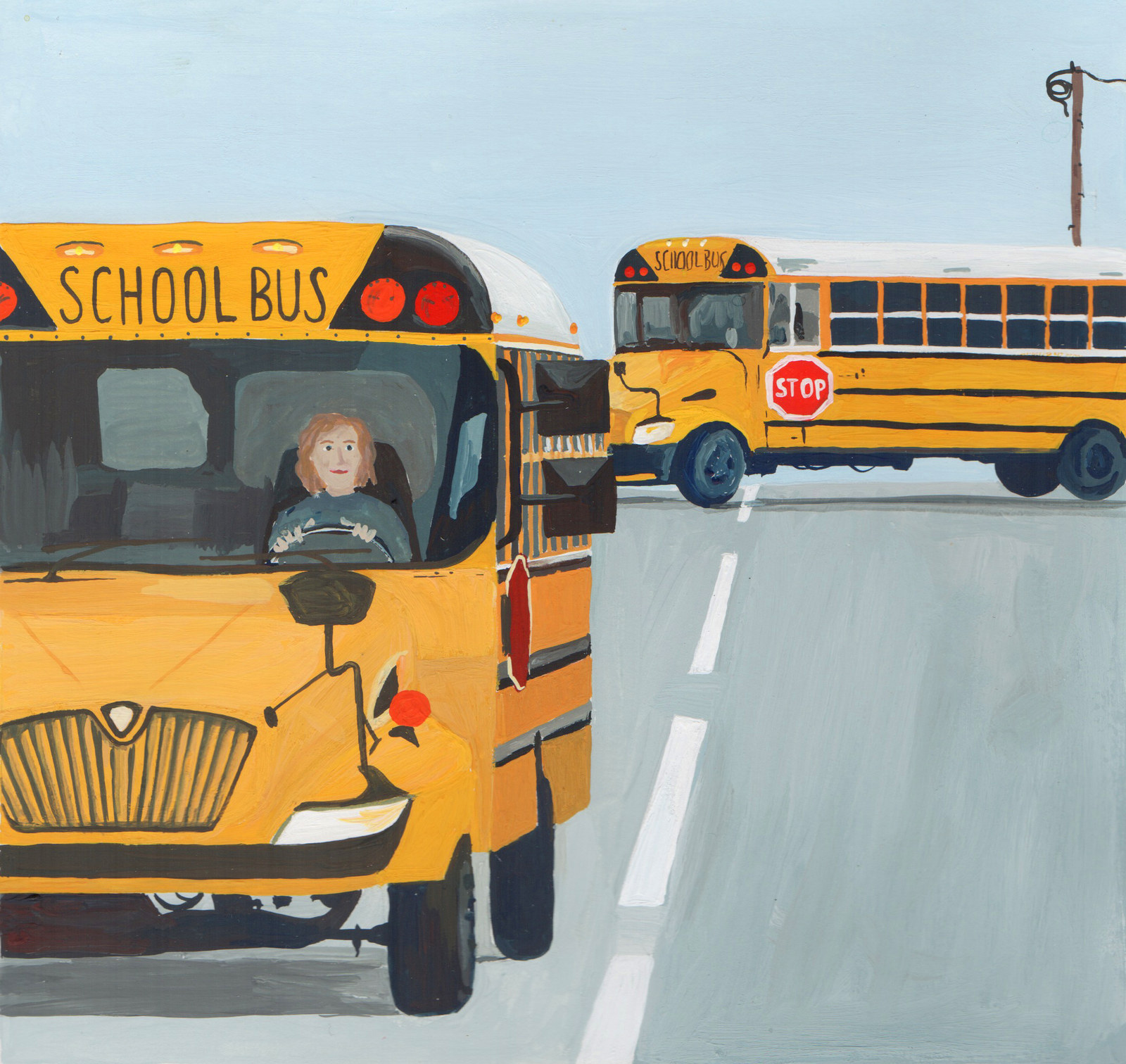
"The big yellow school buses that would transport kids back and forth seemed to be just about everywhere. In Peru, there was private transportation offered for kids attending school, but we didn't have this type of organized infrastructure to provide it for free."
Ernest Hampson VI moved from the United States to Germany at 12, and noticed the bread.
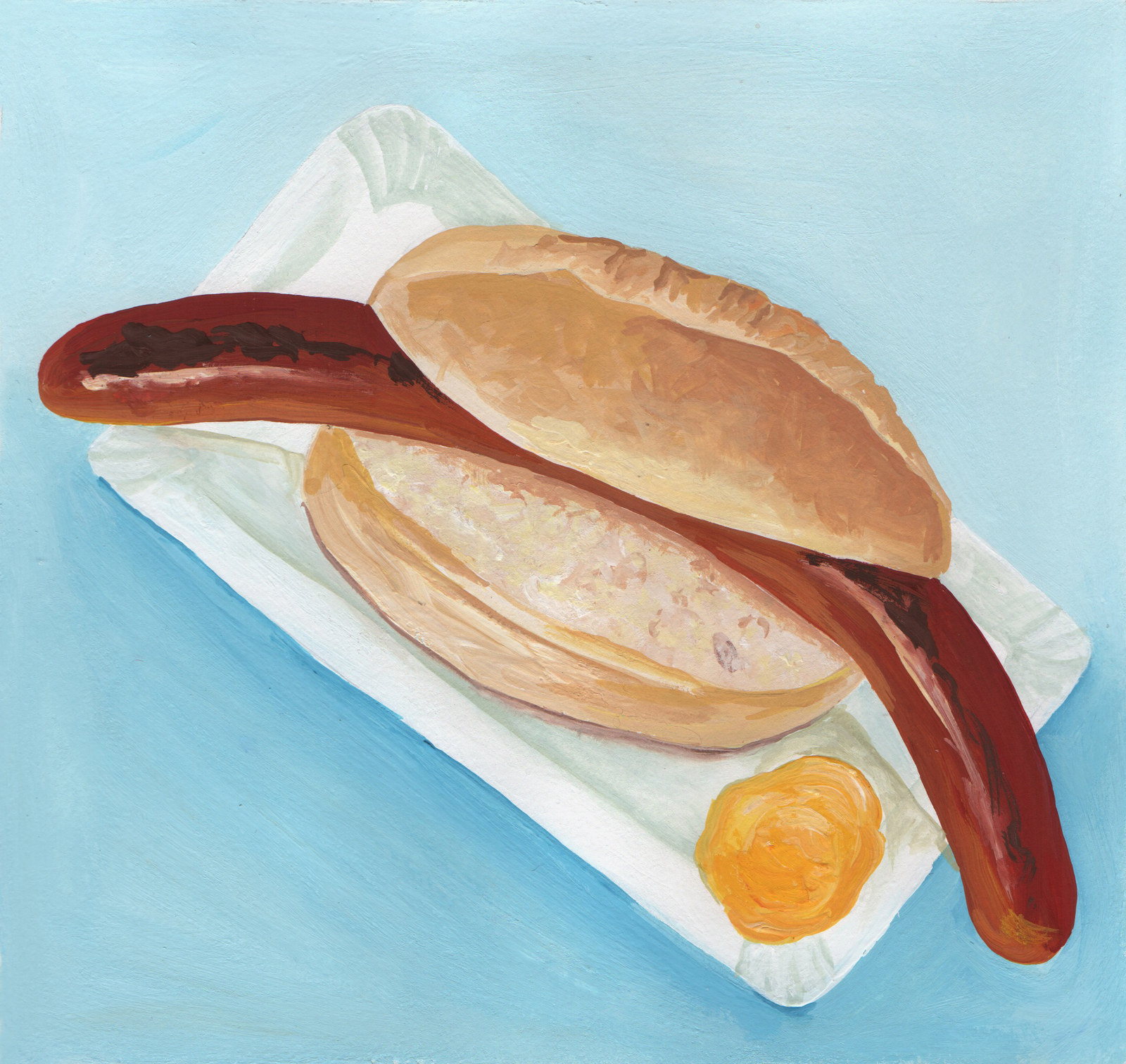
"Germany has a really good selection of meats and bread. The bread (or brötchen) was prepared daily and went bad in a very small window of time because it had no preservatives. It was the most delicious bread I've ever had. There are very few American foods I eat where I say, 'Damn, that is American!' In Germany, every meal I ate tasted like the history of the country."
Mina moved from Guatemala to Belize at 17, and noticed the hermit crabs.
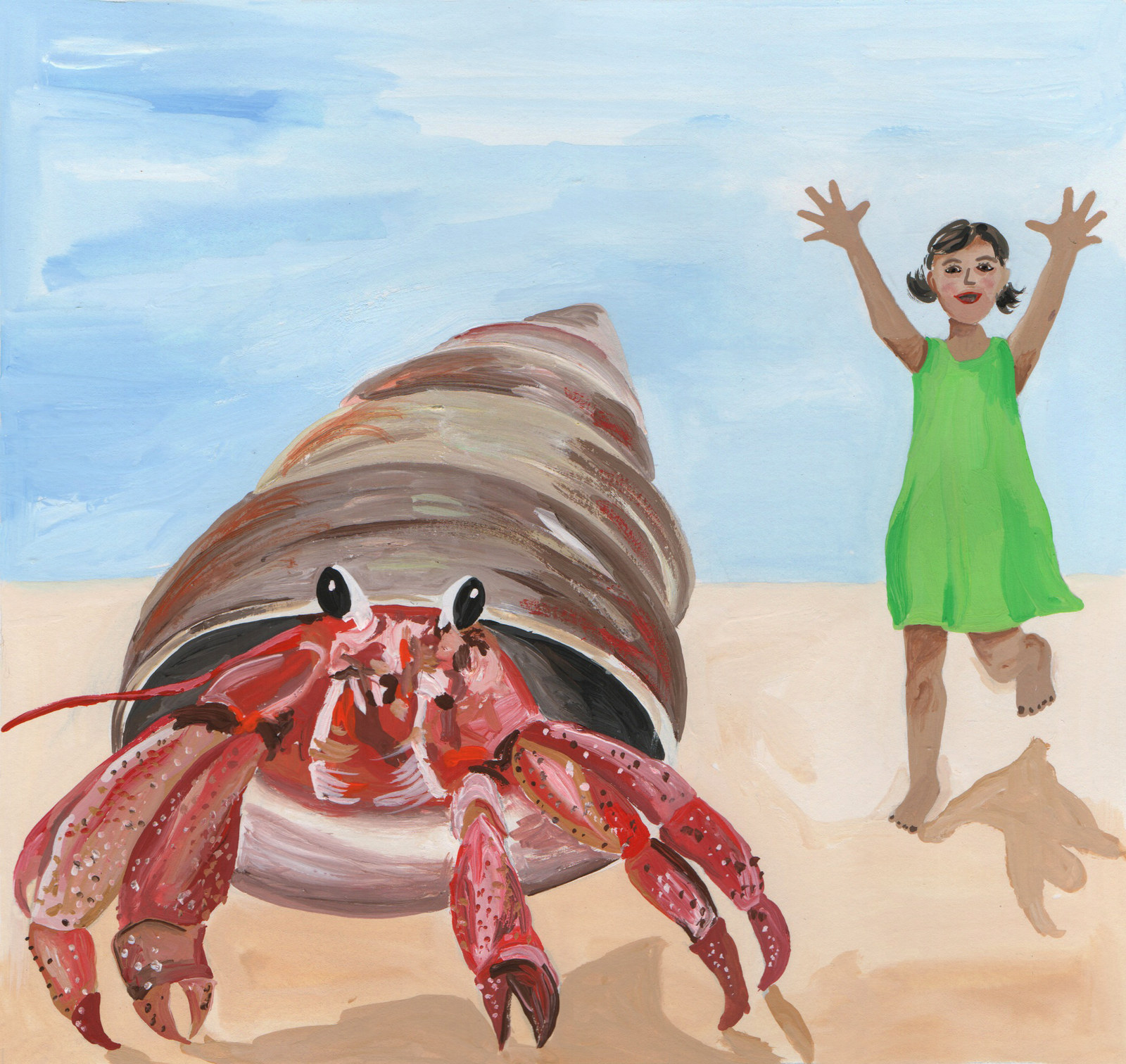
"In Belize I collected hermit crab seashells, and my new pets always ran away."
Noa Bar moved from Israel to the United States at 5, and noticed the swings.
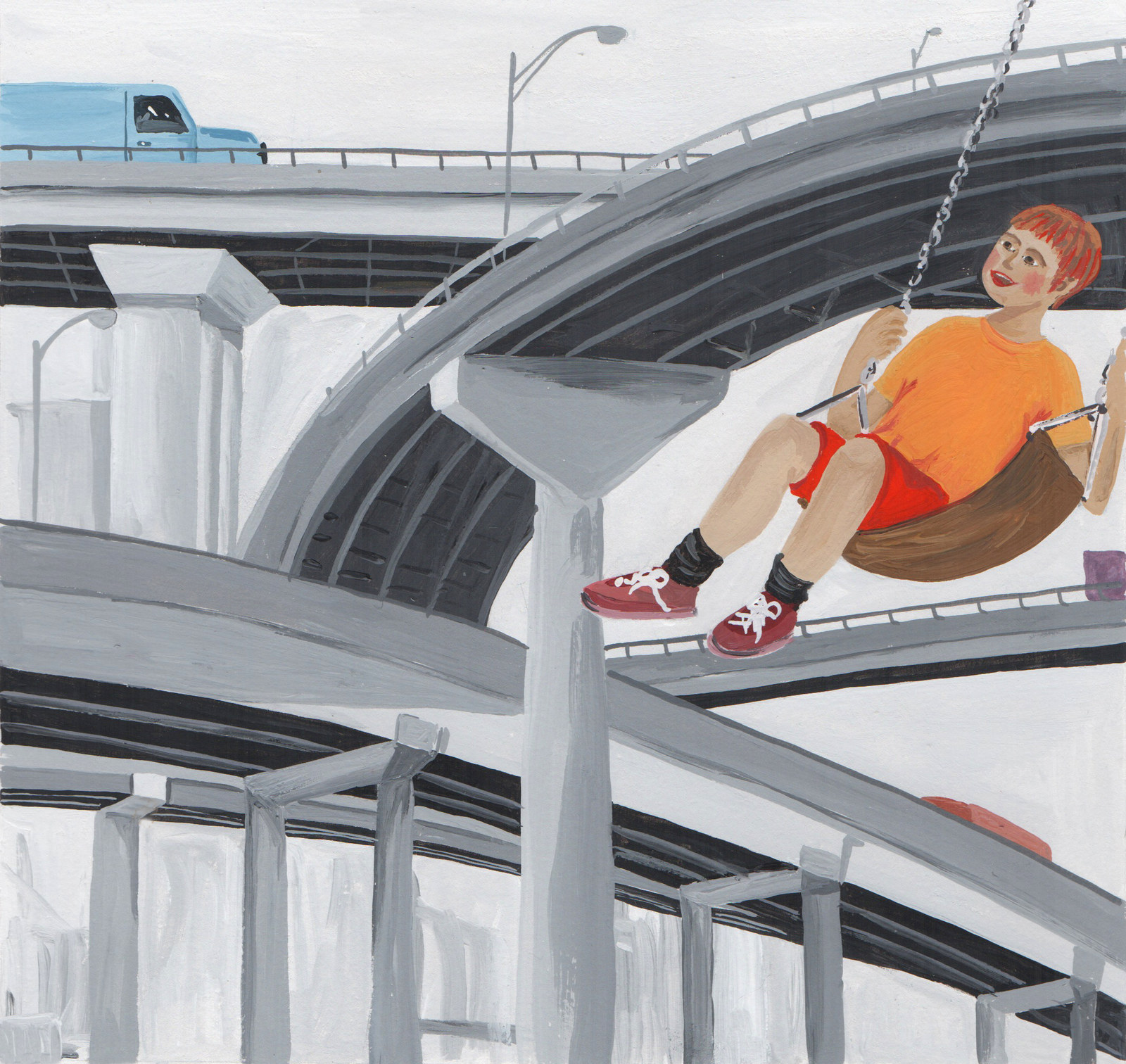
"In Palo Alto, the seats of the swings in the playground were made out of rubber and they were loose and U-shaped. I was used to hard swings. I also remember being struck by how many overpasses there were. Objects like swings and overpasses were the basic architecture of my life at that time."
Keith Hatch moved from the United States to Mexico at 11, and noticed the soda bottles.
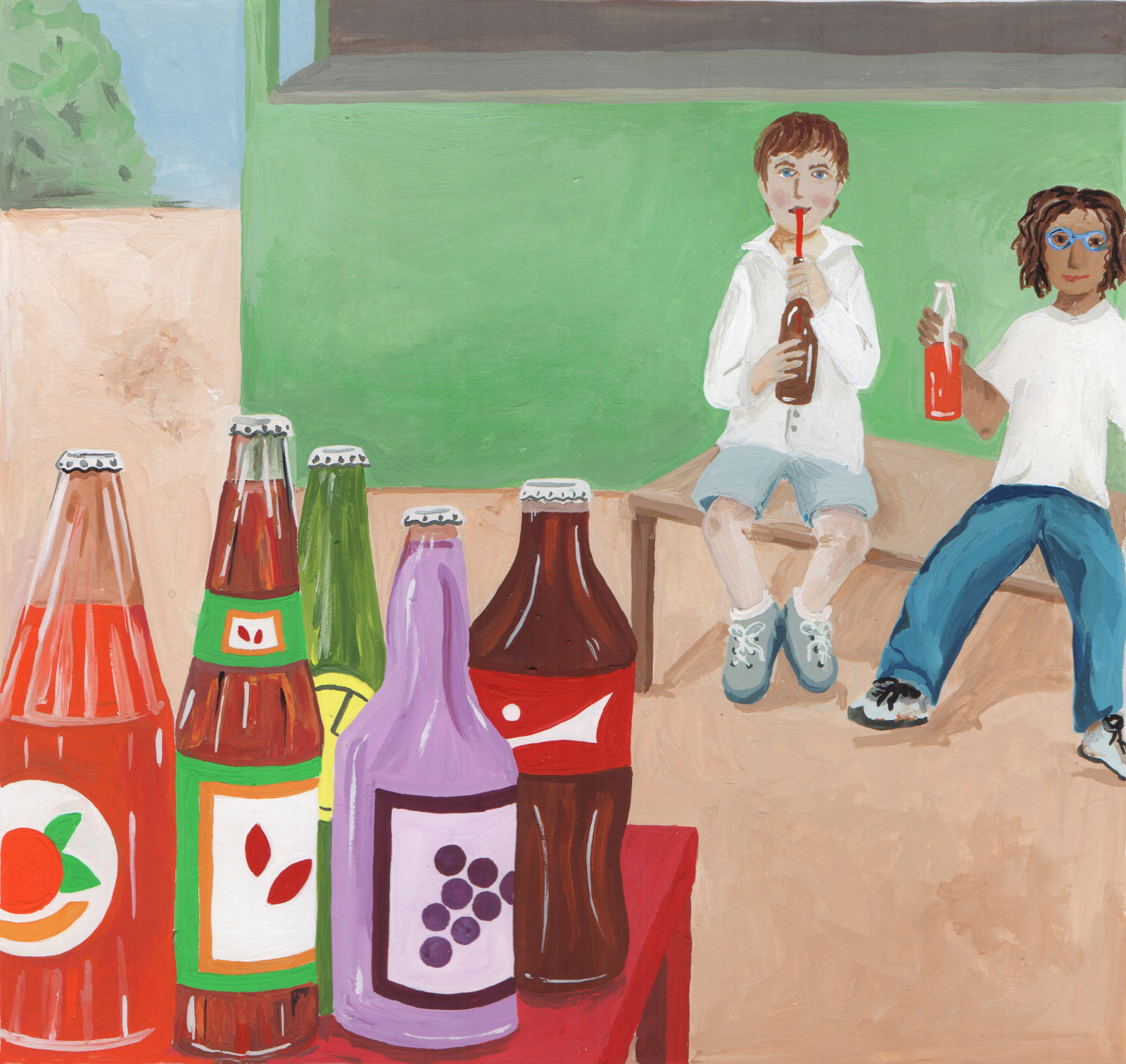
"I swear soda tasted better coming from a glass bottle. You had to pay extra if you wanted to keep the bottle, so my friends and I would sit outside the store on an old car bench to drink our sodas, so we could return the bottle for the discounted price. We had many laughs on that bench."
Aggie moved from Iran to the United States at 6, and noticed the power of language.
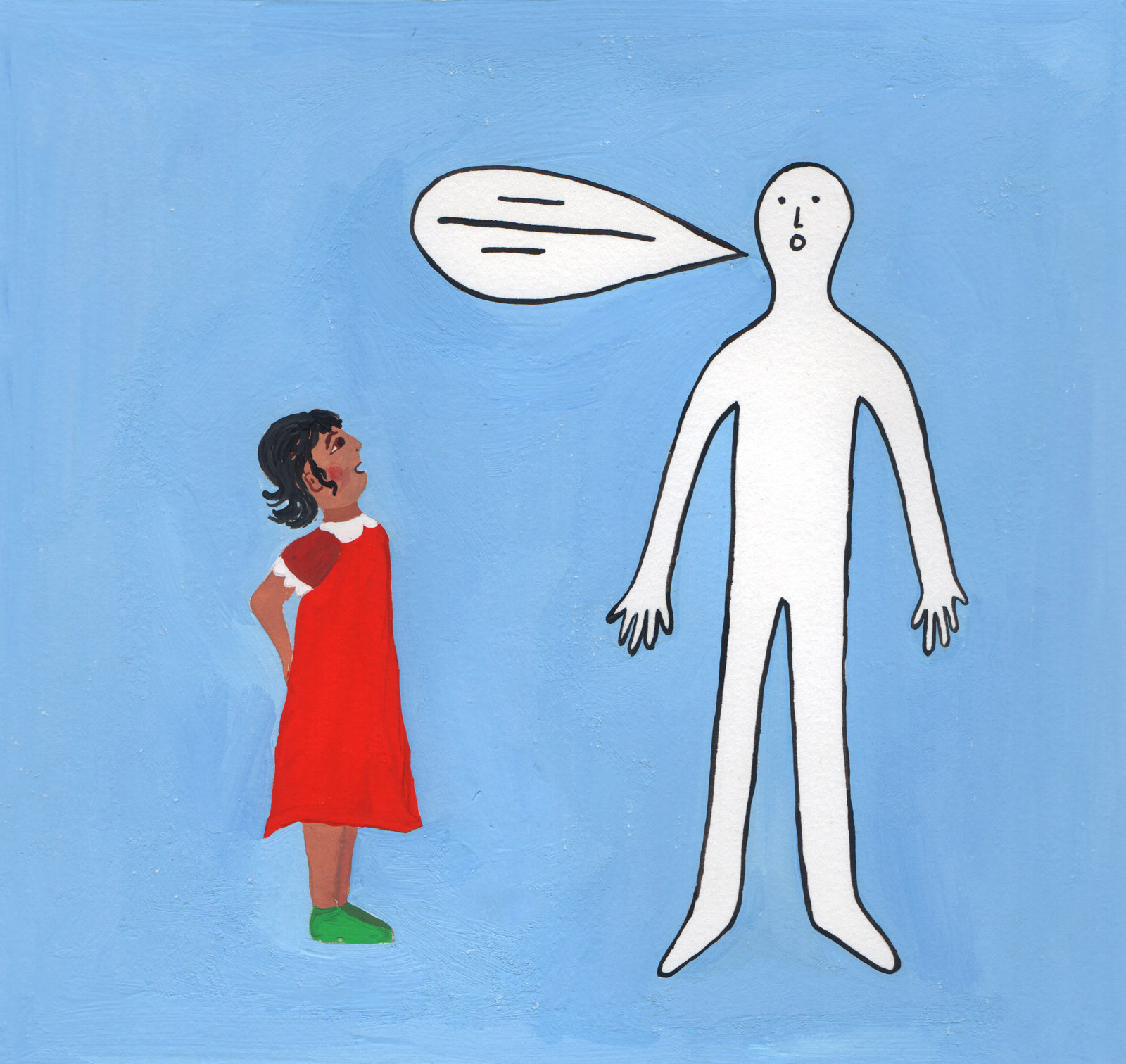
"People were like objects to me because they were so impenetrable without language. I felt, before I grasped the language, that I was suspended in midair. I was not in a new place, I was in a no-place."
Michelle Kiang-Hinojosa moved from Venezuela to the United States at 8, and noticed the cheese.

"When I first arrived, I was obsessed with Kraft Singles. I decided that this was the real reason that my family moved to America. I ate them by scraping the cheese from the plastic with my bottom teeth, and I would eat about 10 at a time while watching cartoons, with a pile of plastic wrappers by my side. It was all very disgusting and unhealthy, and it made me very happy."
Hina Naveed moved from the United Arab Emirates to the United States at 10, and noticed the snow.
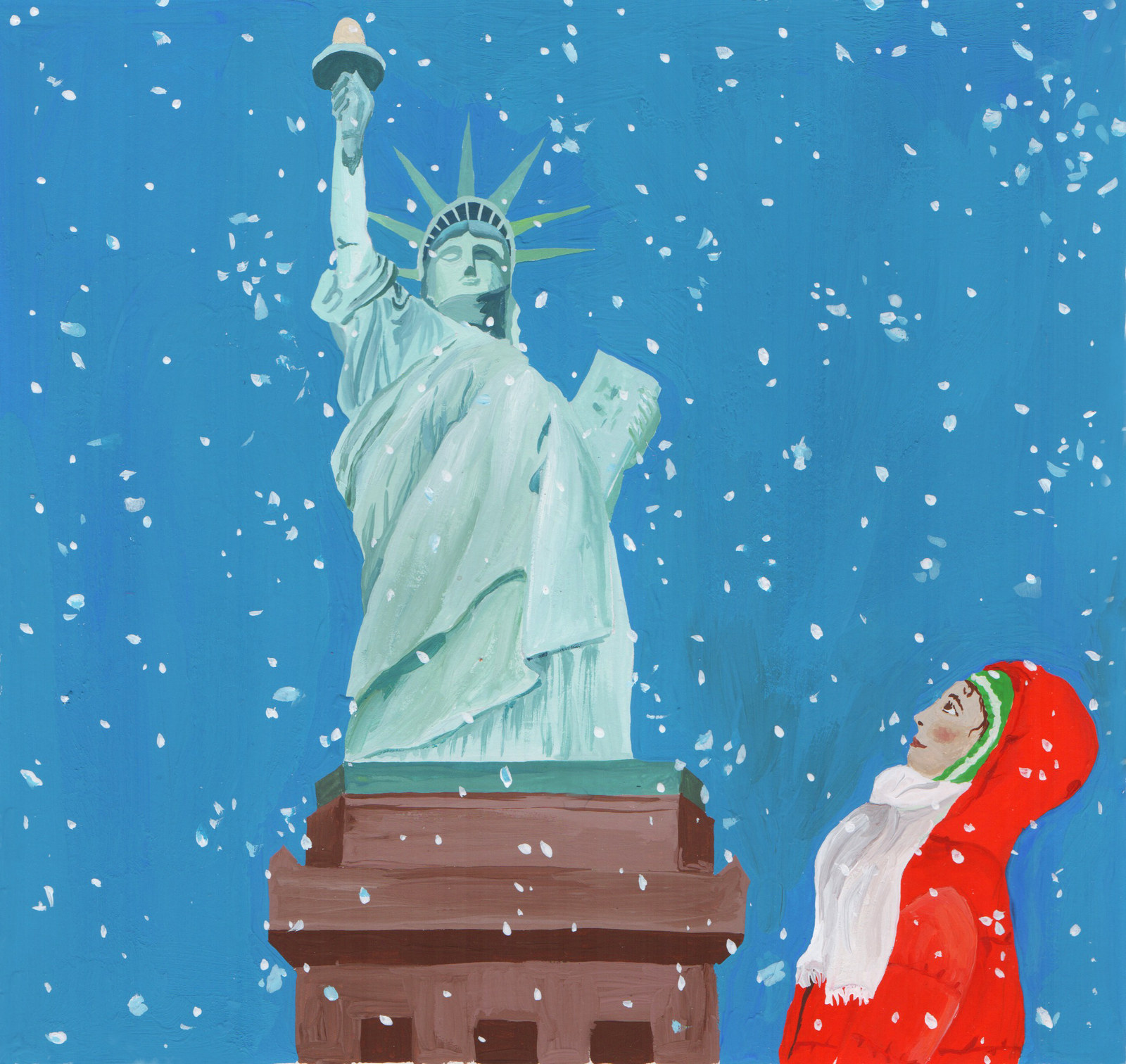
"There is no snow in Dubai, since it's a desert, and I had only read about snow in books. I finally got to experience it when I arrived in New York."
Mariana moved from Brazil to Argentina at 6, and noticed the strawberries.
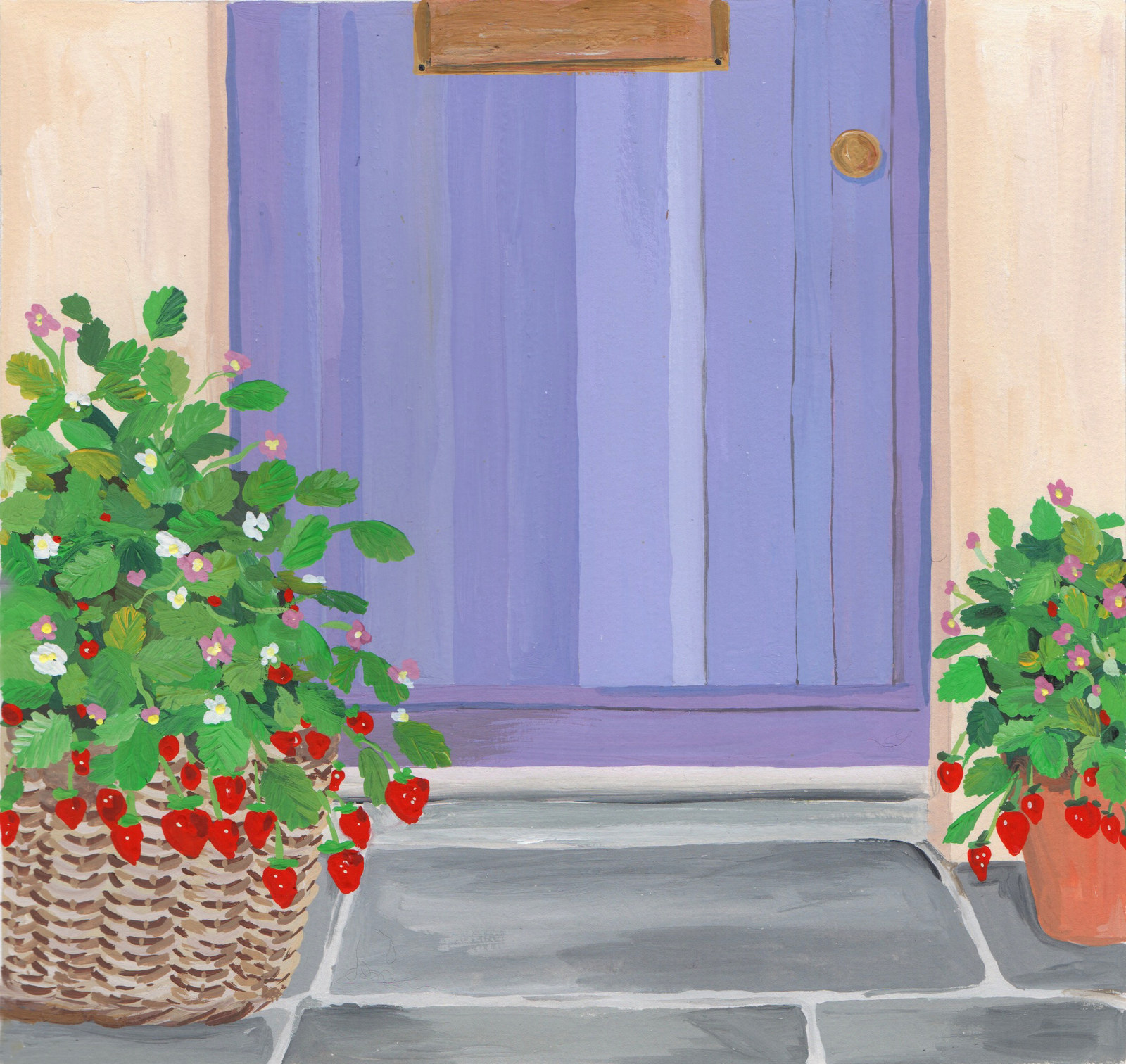
"I was fascinated by some wild strawberries that grew in front of the building next door. I had never seen them still attached to the plant before. It was cool to see where they actually came from."
Inne moved from South Korea to the United States at 10 and noticed the binders.
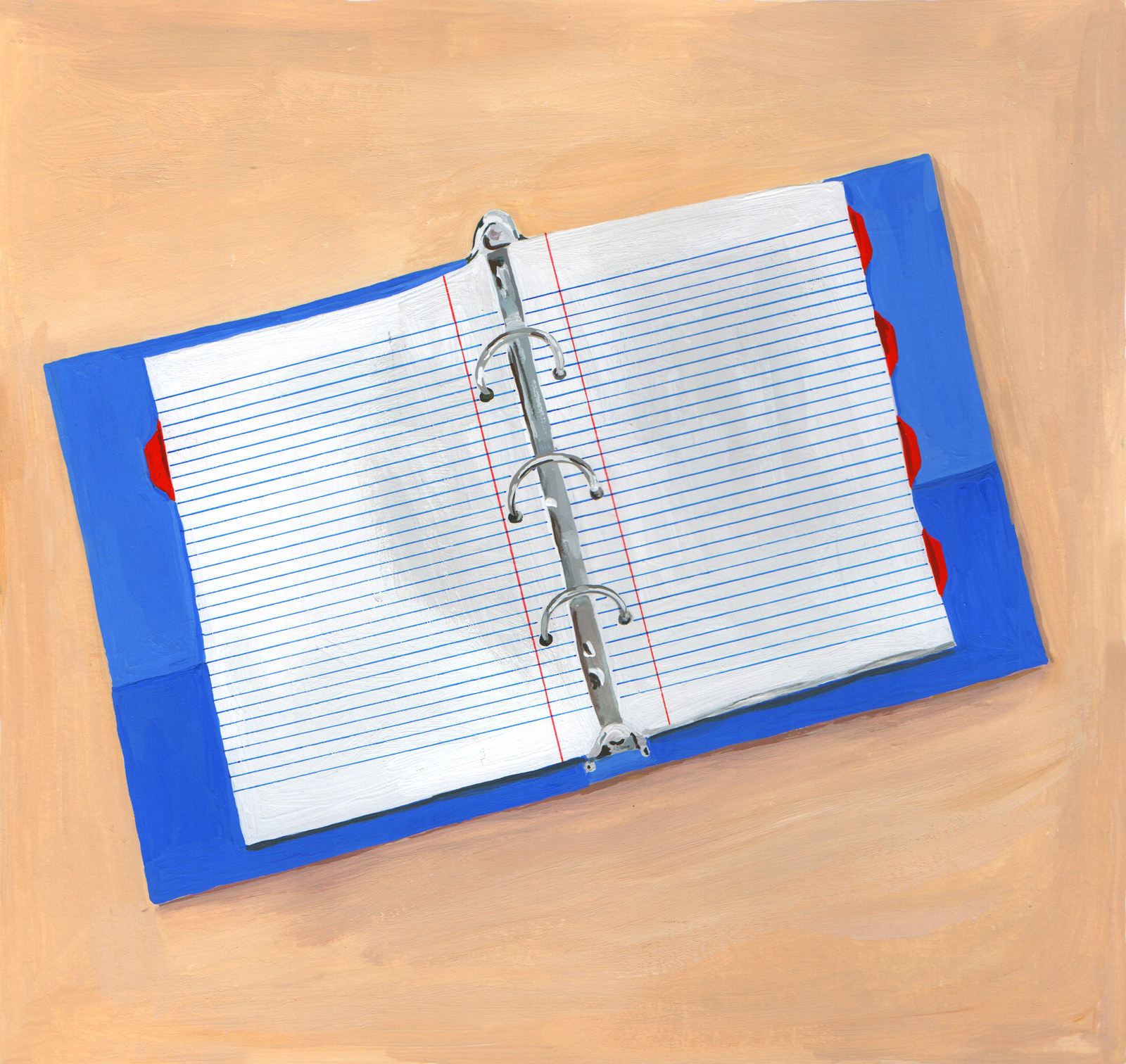
"I loved my three-ring binders for school! I'd never had one. I'd never seen one. In Korea, I had spiral notebooks but never loose papers in three-ring binders. They seemed to define what American schools were like."
Marilyn Borroto moved from Cuba to the United States at 16, and noticed...nothing.
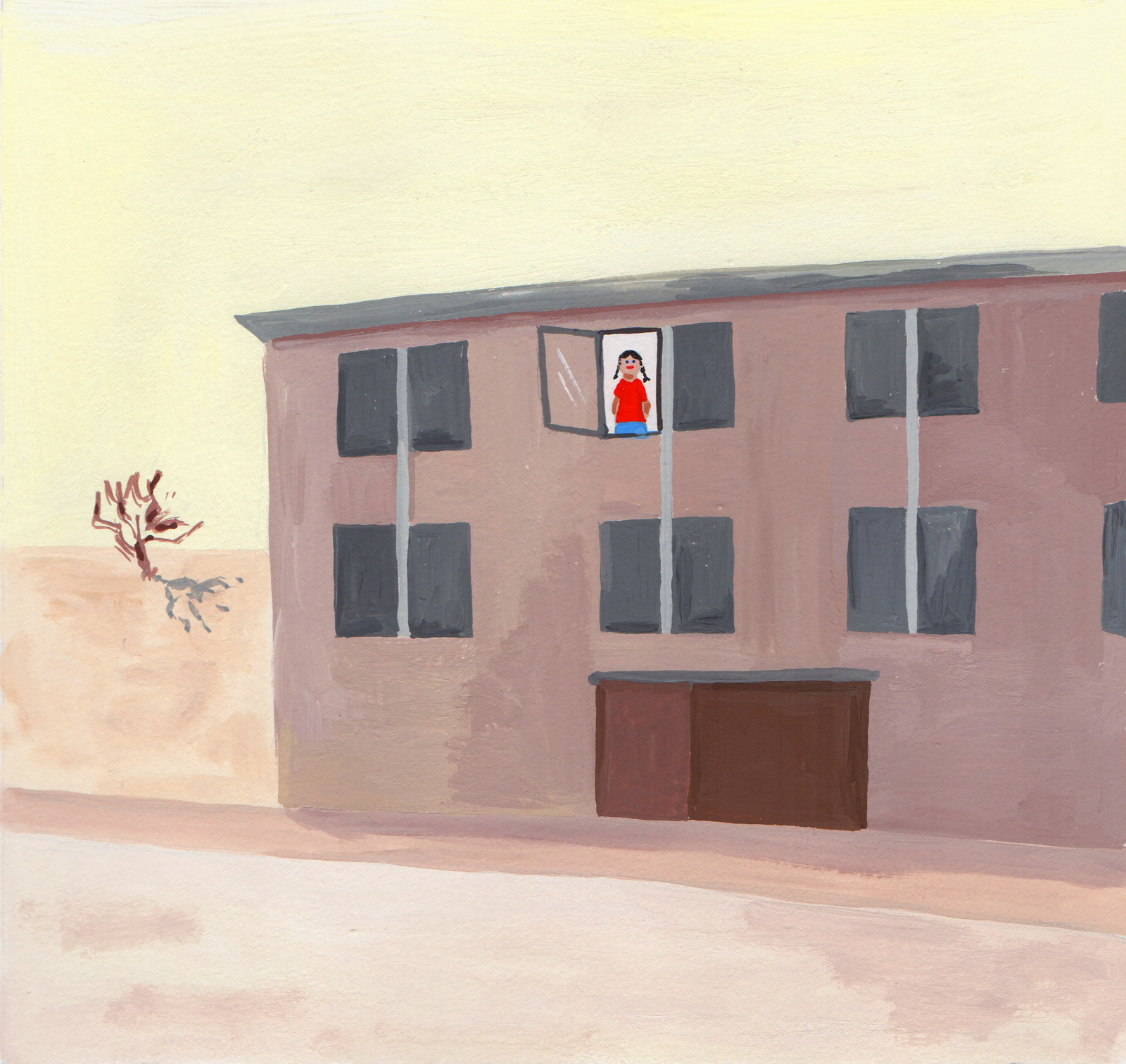
"I was part of 14,000 unaccompanied children that migrated from Cuba to the United States under Operation Pedro Pan. First stop: Miami, Florida City Camp. Last stop: Villa Maria in San Antonio, Texas, a type of hostel run by nuns. There were 40 muchachitas receiving room, board, and schooling through the Catholic Welfare program and the government of the U.S.A. Villa Maria was a very spooky place. Nothing was fascinating about it. We were housed on the upper floor and the zinc roof made it very hot."
Masha moved from Russia to the United States in the fall of 2015. She is 11 years old.

"It's cool that we have water fountains here in the U.S., because if you haven't got water and you're thirsty you may just go and drink!"
This essay is part of a series of stories about the meaning of home.



